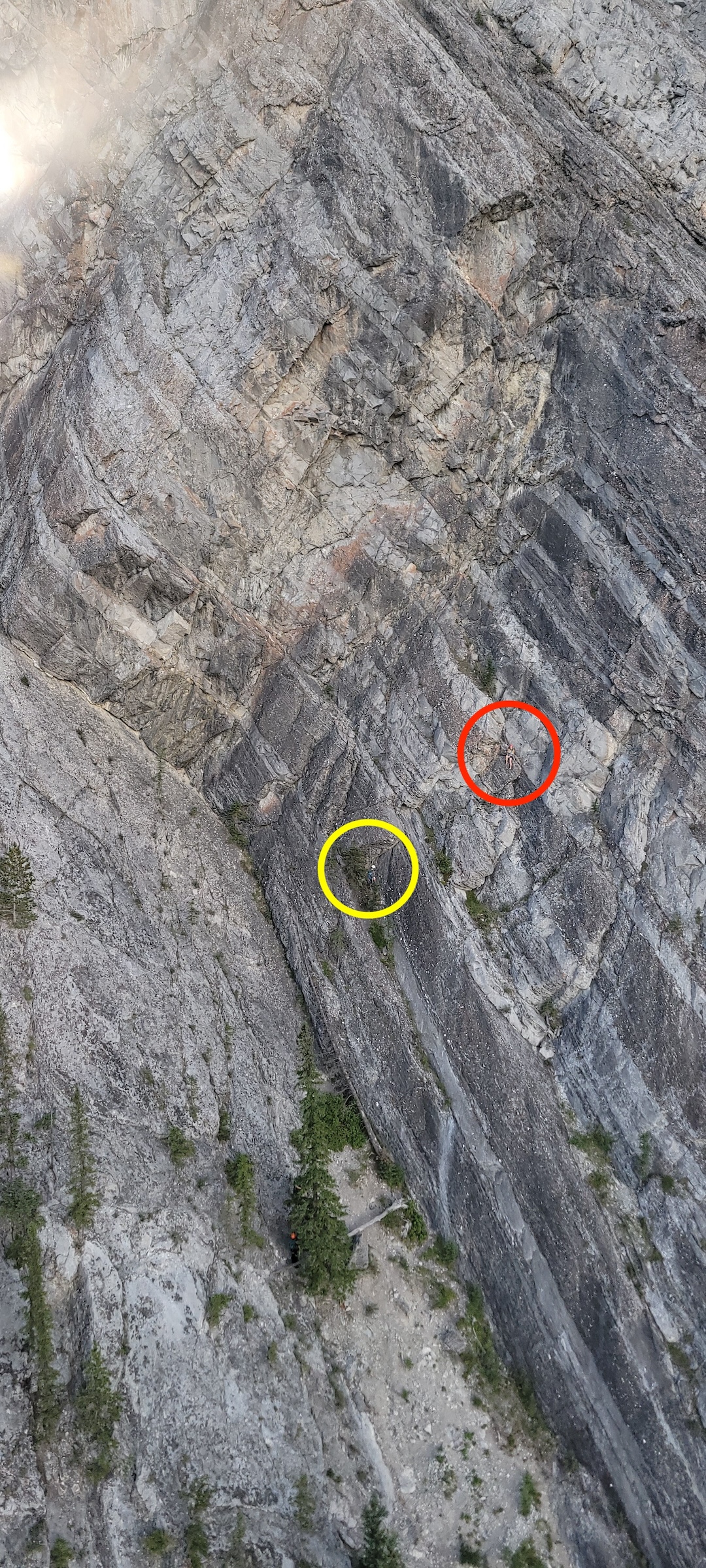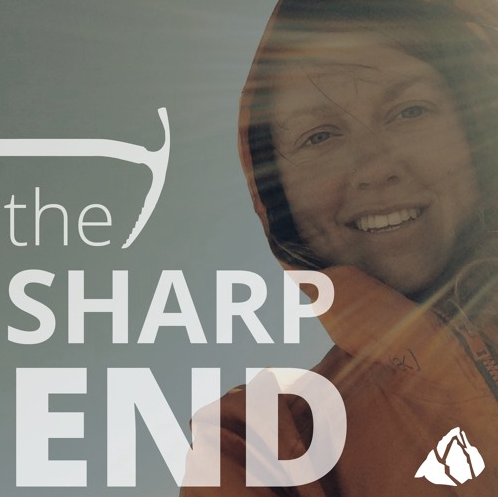Leader Fall — Loose Rock
Canada, Alberta, Banff National Park, Mt. Rundle

At 7 p.m. on September 7, a party of two was climbing a multipitch route called Quadra (5.8) on Mt. Rundle. This traditionally protected limestone climb angles up and right on the second and third pitch. On the second pitch, the leader had difficulty with route-finding.
High on the pitch and well above their last protection, the leader dislodged a large block and fell 20 meters. They hit the wall several times and also may have been hit by the falling block. The falling climber was caught by the belayer and was left hanging a significant distance to the right. The leader sustained serious injuries to their back and foot, along with bruises and lacerations; they were unable to either climb or descend. The belayer yelled for help and lowered the leader several meters to a small ledge.
Other climbers heard the rockfall and the belayer’s calls for help, and they called Parks Canada Visitor Safety. With limited daylight, the Visitor Safety team flew to the incident, assessed the situation, and staged nearby. A Visitor Safety Specialist was heli-slung to the injured climber on an extended line. They secured the climber to the line, and the two were slung to a waiting ambulance. The belayer was left to rappel and walk down as darkness arrived.
ANALYSIS
This climbing party had enough experience to complete the route. Two factors contributed to the accident. The first was that the route is not commonly climbed and has more loose rock than more popular climbs. Second, the limited availability of protection made for long runouts. These factors, combined with difficult route-finding, led to the long fall and serious injuries. Diligently checking holds and watching for loose blocks is essential in the Canadian Rockies. Thankfully, the gear placed by the leader held, thereby reducing the length of the fall. This probably kept them alive.
The rescue was completed just before dark, thanks to the quick rescue call, precision flying, and there being sufficient rotor clearance to sling a rescuer to the patient. Had the incident occurred a few minutes later or had there been delays in response, a ground-based rescue, taking several hours longer, would have been necessary. Longer responses can result in more complications for the injured. Consider the amount of daylight when choosing an objective—starting early is always a good idea. (Source: Parks Canada.)

